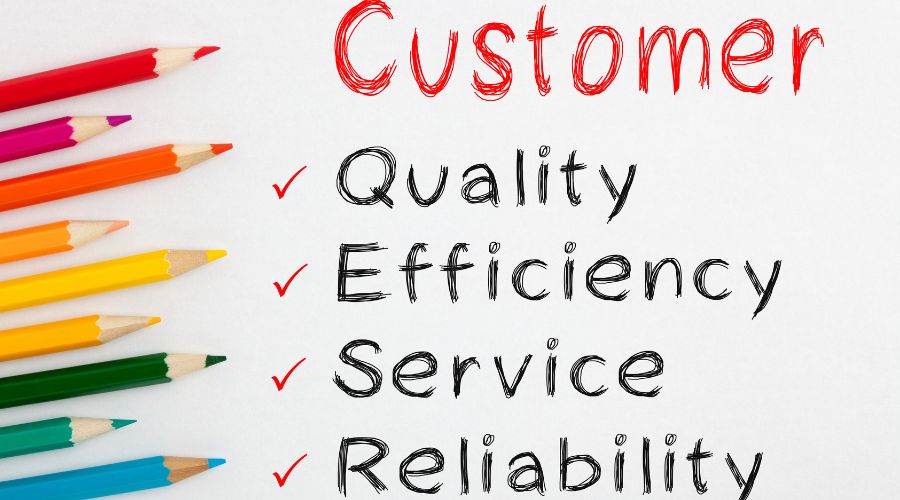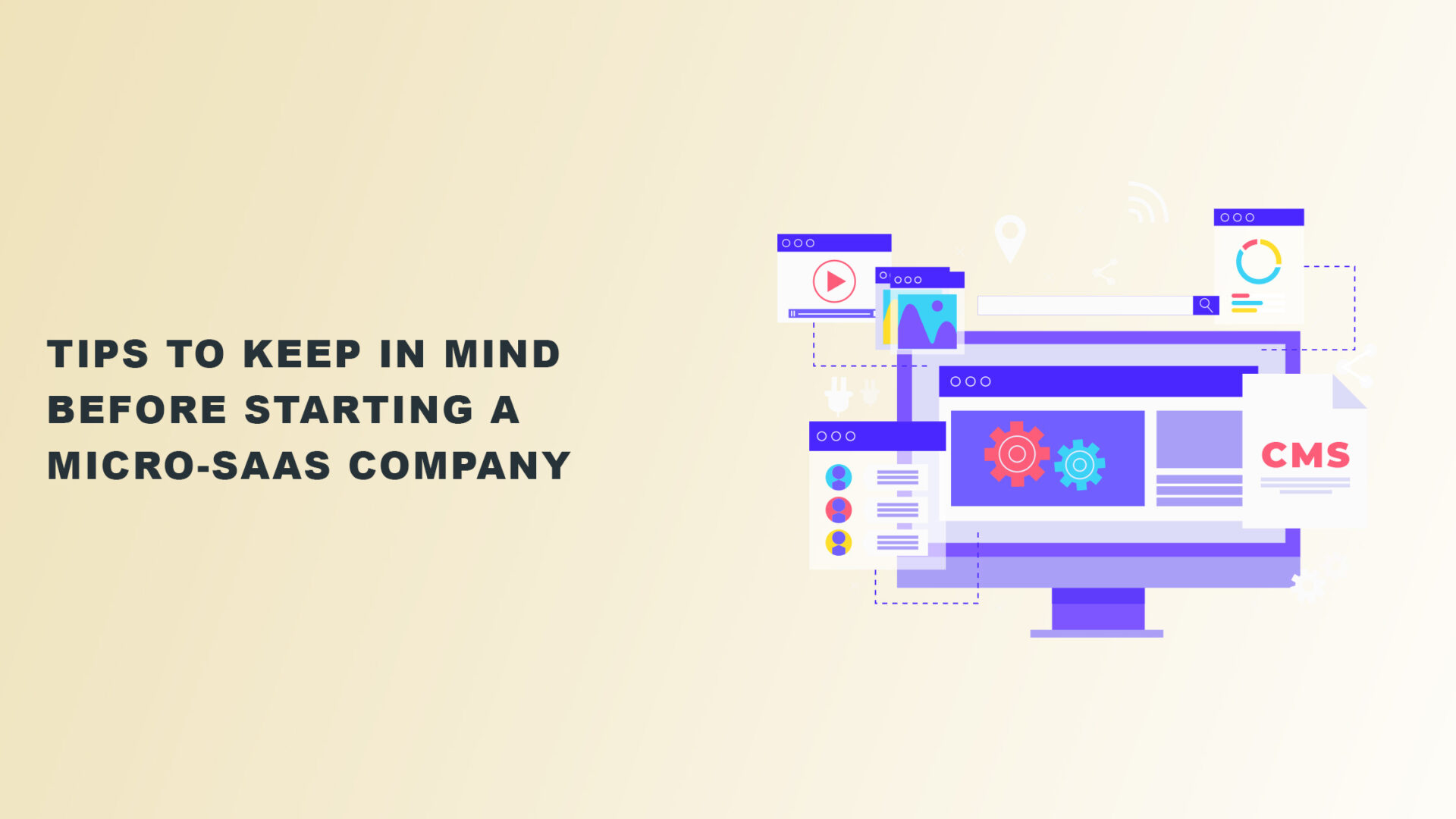Micro-SaaS is becoming so popular that you might consider starting a micro-SaaS company.
However, it can be easier said than done.
The key to a successful micro-SaaS is to keep your scope small and focus on creating a product that solves customers’ problems better than the competition.
If you’re thinking of starting your own micro-SaaS business, you should already know the market you want to enter and the product you want to create.
Here are a few other things you should know.
What Is Micro-SaaS?
Micro-SaaS operates like regular SaaS but on a smaller scale.
SaaS stands for Software as a Service and refers to software marketed toward businesses and consumers.
Anyone can open up a browser and use their tools, eliminating the need for powerful hardware or specialized in-house equipment.
As SaaS grew into a billion-dollar business, these start-ups naturally expanded their products into more comprehensive tools.
But bigger doesn’t always mean better.
Having ten features that work poorly is worse than having five features that work well. And that’s what micro-SaaS likes to do.
Instead of marketing to a broad market or creating an enormous product, micro-SaaS focuses on a small problem for a niche market and builds a solution.
It can be an app, widget, or software that integrates with an interface that works well for the problem it solves.
For example, Tyler Tringas created Storemapper, which integrates with Shopify so users can put their store locations on their website without coding. It’s a small solution that works well for the problem it solves.
Tips to Bear in Mind Before Starting a Micro-SaaS Company
1. Enjoy Working With Customers

If you only work with a small team for your micro-SaaS company, you’ll have to handle all the customers yourself.
Working with people isn’t easy, but enjoying your market, having customer service skills, and sharing interests with your customers can help turn customer service from a chore to a pleasure.
So, it’s vital that you brush up on your service skills and learn how to calm down angry customers.
2. Find a Problem You Can Solve

Big micro-SaaS companies can grow so large that the multiple features on their software may not work as well as they used to due to lack of support.
It’s crucial, therefore, that you find what problems customers have with your competitors, then solve them through your services.
You can’t compete with larger companies on size, so compete on quality and keep your scope small.
3. Begin Building Your Minimum Viable Product

Now that you know what problem you want to solve and have an idea of what you want your product to be, your next step is to get started on a minimum viable product (MVP).
Your MVP is the barebones, working version of your software solution.
After you build your MVP, you can start marketing to customers.
Once they can see how it works and solves their problems, they’ll want to recommend it to others.
While selling your product beforehand is essential, MVPs are what will launch your business and get the money rolling.
4. Market to Your Niche

Working in micro-SaaS means marketing to a small niche, so find where they like to hang out and target them there.
Some examples include social media, specialized websites, comment threads, and user groups.
Anywhere they post about problems you can solve is where you can offer a solution.
Keep it simple and small. You don’t have to spend money to successfully market to your niche as long as you talk to them and generate buzz in the community about your product.
Once people are curious, they’ll come to check you out and hopefully become lifelong customers.
5. Collect User Data and Validate Your Product

You need to know if your SaaS is viable for the market. Ask everyone you can in your niche about your product and how much they’ll pay for it.
Set up a web page for SEO and track its traffic, create a Kickstarter to see if you can generate interest, and just try and spread the word on your product and see if there’s anyone interested in it.
You’ll need an idea viable in the market to survive as a micro-SaaS business. Otherwise, you’ll sink as soon as you launch, then you’re back to square one.
6. Keep It Simple
When SaaS started, it focused on adding new features.
But that’s not what micro-SaaS is.
The simpler you keep your product and the more niche your market is, the better.
Focus on quality over quantity and have your software do its job well.
You won’t be making bank, especially at first when you’re just starting, but you’ll grow your customer base over time if you focus on retaining the customers you do have.
7. Keep Your Customers Happy

The most popular revenue model for SaaS products is subscription-based service, which also rings true for micro-SaaS.
With subscription-based service, customers pay you monthly. Therefore, retaining customers by maintaining good relationships with them is just as important as seeking new ones.
This also ties in with your customer service skills, as there’s no doubt your customers will need help with your software.
Provide courteous and focused service, and take the time to get to know your customers to foster good relationships.
8. Properly Price Your Product

When you first enter the market, you won’t be able to charge much since your business is entirely new, and customers don’t know yet how well your software works.
For this, freemium and free trials are excellent ways to get customers in the door to try your service.
Once they see how well it works and want to stay, you must continue offering your product for a reasonable price to keep them from moving on to larger competitors.
9. Solve the Problem Better Than Your Competitors

To get the edge on your competitors, you need to solve the problem you want to solve better than them.
If their features aren’t quite what the niche market is looking for, then offer them the features they do want.
If they provide many extraneous features and charge more for their product, show the one feature they want and charge less.
Offer something they don’t have, and customers will notice and begin using your product instead.
Ready to Enter the World of Micro-SaaS?
Micro-SaaS allows you to create your own business without being overwhelmed.
You can travel while working, have flexible hours, and work with people you enjoy spending time with while running your micro-SaaS business.
It’s the perfect entry point or end goal, depending on how far you want to go in the SaaS business.
So, keep your software focused, market to your niche, and foster good relationships with your customers if you plan to start your own micro-SaaS company.

